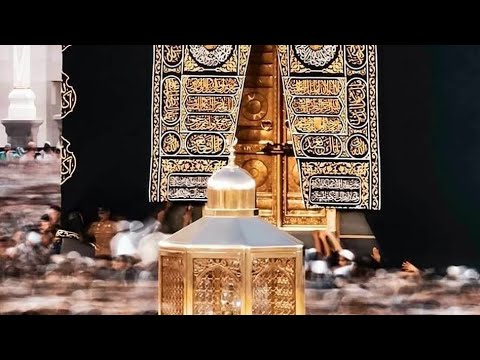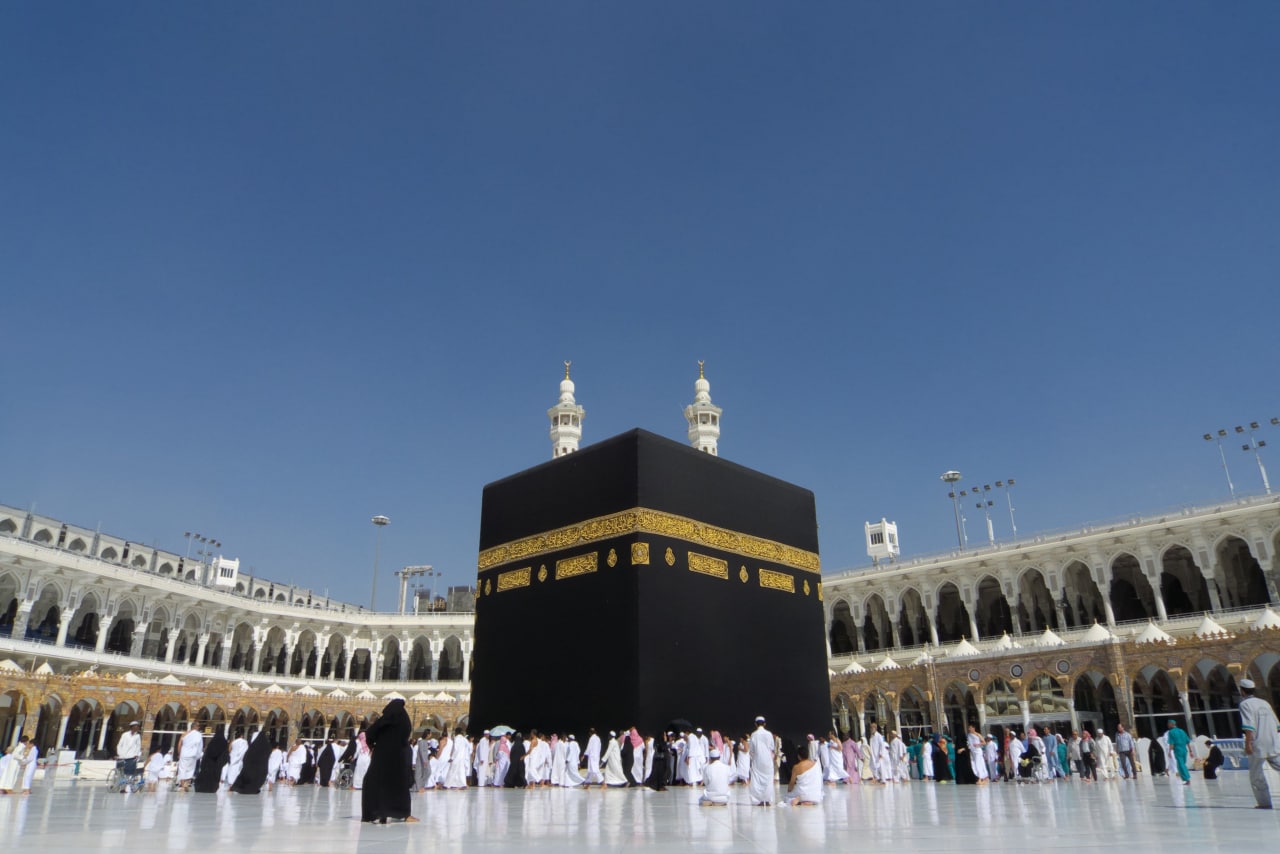Islamic heritage is rich with history, culture, and architecture that have had a profound impact on the world. Across continents, there are numerous Islamic heritage sites that showcase the glorious past of the Islamic civilization. These sites are not only places of worship but also symbols of historical and cultural significance. From the majestic mosques to the ancient madrasas and palaces, Islamic heritage sites are testaments to the achievements of Muslim societies through the centuries. This article will take you on a journey through some of the most iconic and awe-inspiring Islamic heritage sites around the world.
The Significance of Islamic Heritage Sites
Islamic heritage sites are crucial for understanding the development of Muslim societies, their architectural brilliance, and their contributions to science, philosophy, art, and literature. These sites offer a glimpse into the social, political, and religious life of the Islamic world. They are not only historically significant but also spiritually important for millions of Muslims around the globe.
Each Islamic heritage site has its own unique story, ranging from the rise of great empires to the spread of Islam across continents. They also highlight the deep connection between faith, culture, and architecture. Visiting these sites can be an eye-opening experience for anyone wishing to learn more about the Islamic world and its profound influence on global history.
The Alhambra – Spain
One of the most famous Islamic heritage sites in the world is the Alhambra in Granada, Spain. The Alhambra is a stunning palace and fortress complex that was built during the Islamic rule of Spain, particularly by the Nasrid Dynasty in the 13th century. It is known for its intricate Islamic architecture, beautiful gardens, and detailed geometric designs. The Alhambra served as the residence of the Muslim rulers and is an important symbol of the Golden Age of Islam in Spain.
Visitors can explore the stunning courtyards, fountains, and the famous Hall of the Abencerrages. The Alhambra’s architecture combines Islamic, Christian, and Jewish influences, reflecting the cultural diversity of the time. It remains one of the most visited heritage sites in the world and continues to fascinate travelers from all over the globe.
The Great Mosque of Cordoba – Spain
Another remarkable Islamic heritage site in Spain is the Great Mosque of Cordoba, also known as the Mezquita. The mosque was originally built in the 8th century during the Umayyad Caliphate, making it one of the oldest and most significant mosques in Europe. The structure is renowned for its awe-inspiring architecture, featuring a vast hall of columns, arches, and a beautifully decorated mihrab.
The mosque was converted into a cathedral after the Christian Reconquista in the 13th century, but it still retains its Islamic architectural elements, blending Christian and Islamic styles. The Great Mosque of Cordoba stands as a symbol of the religious and cultural coexistence that once existed in Spain.
The Blue Mosque – Turkey
The Blue Mosque, also known as the Sultan Ahmed Mosque, is one of the most famous Islamic landmarks in Istanbul, Turkey. It was built in the early 17th century during the reign of Sultan Ahmed I. The mosque is called the “Blue Mosque” because of the beautiful blue tiles that adorn its interior, which are decorated with intricate designs of flowers, plants, and geometric patterns.
This stunning mosque has become one of Istanbul’s top tourist attractions, offering visitors a glimpse of Ottoman architecture at its finest. Its grand dome, towering minarets, and large prayer hall make it a masterpiece of Islamic architecture. The Blue Mosque is not only a place of worship but also an important cultural site that reflects the splendor of the Ottoman Empire.
Al-Aqsa Mosque – Jerusalem
Al-Aqsa Mosque, located in the heart of the Old City of Jerusalem, is one of the holiest sites in Islam. It holds immense religious significance for Muslims around the world, as it is believed to be the place where the Prophet Muhammad (PBUH) ascended to the heavens during the Night Journey (Isra and Miraj). The mosque is situated on the Temple Mount, a location sacred to Jews, Christians, and Muslims alike.
The mosque itself is an architectural gem, with its stunning domes, arches, and courtyards. It is a symbol of the Islamic connection to Jerusalem and remains a focal point of religious and political significance in the region. Visitors to the Al-Aqsa Mosque can explore the surrounding complex, which includes other important Islamic landmarks such as the Dome of the Rock.
For those seeking a spiritual journey, visiting sites such as Al-Aqsa Mosque is truly transformative. To learn more about spiritual journeys and plan an unforgettable experience, consider exploring the umrah packages offered by Mina Tours.
The Taj Mahal – India
The Taj Mahal in Agra, India, is one of the most iconic monuments in the world. This breathtaking white marble mausoleum was built by Mughal Emperor Shah Jahan in memory of his beloved wife, Mumtaz Mahal. The Taj Mahal is not only a symbol of eternal love but also a masterpiece of Islamic architecture.
The monument is renowned for its symmetrical gardens, reflective pools, and intricate carvings. The Taj Mahal is a fusion of Persian, Ottoman Turkish, and Indian architectural styles, showcasing the cultural exchanges that took place during the Mughal era. It stands as a testament to the architectural brilliance and artistic legacy of the Mughal Empire.
The Mosque of Ibn Tulun – Egypt
Located in Cairo, Egypt, the Mosque of Ibn Tulun is one of the oldest and largest mosques in the city. Built in the 9th century, it is known for its unique architectural style, which blends traditional Islamic design with influences from ancient Egyptian and Byzantine architecture. The mosque features a large, open courtyard and a towering minaret that offers a panoramic view of Cairo.
The Mosque of Ibn Tulun is a testament to the early Islamic period in Egypt and is considered one of the finest examples of Abbasid-era architecture. It remains an important place of worship and an architectural marvel for visitors to Cairo.
The Prophet’s Mosque – Saudi Arabia
The Prophet’s Mosque in Medina, Saudi Arabia, is one of the holiest sites in Islam. It is the second holiest mosque after the Masjid al-Haram in Mecca. The mosque was originally built by the Prophet Muhammad (PBUH) and has been expanded over the centuries to accommodate millions of visitors who come to pray and pay their respects to the Prophet.
The Prophet’s Mosque is a beautiful example of Islamic architecture, with its spacious courtyards, magnificent minarets, and stunning green dome. It is a focal point for Muslims who perform Hajj or Umrah and is visited by millions of pilgrims every year. To make the journey to the Prophet’s Mosque, consider exploring umrah packages that offer comprehensive travel and religious experiences.
The Sultan Qaboos Grand Mosque – Oman
The Sultan Qaboos Grand Mosque in Muscat, Oman, is a stunning example of modern Islamic architecture. Completed in 2001, the mosque is one of the largest and most beautiful mosques in the Arabian Peninsula. It is known for its grand prayer hall, which features a magnificent Persian carpet and a massive chandelier that is considered one of the largest in the world.
The mosque’s architecture combines traditional Islamic design elements with modern touches, making it a symbol of Oman’s cultural heritage and religious devotion. It is open to tourists and is a must-see for those visiting Muscat.
Conclusion
Islamic heritage sites across the world offer an unparalleled opportunity to explore the history, culture, and architectural grandeur of the Islamic civilization. From the Alhambra in Spain to the Taj Mahal in India, these sites reflect the brilliance of Muslim empires and the enduring influence of Islamic art and architecture. Whether you are seeking spiritual enlightenment or simply wish to learn more about the rich history of Islam, visiting these heritage sites is a journey worth taking.
Exploring these sites allows travelers to immerse themselves in the diverse cultures and traditions of the Islamic world. So, if you’re planning a trip to experience Islamic heritage, consider exploring umrah packages to enhance your spiritual journey. The Islamic world is full of treasures waiting to be discovered, and each site has its own unique story to tell.




